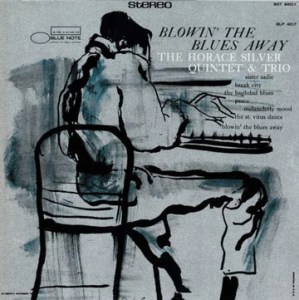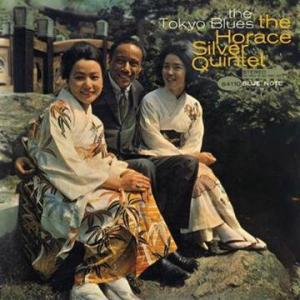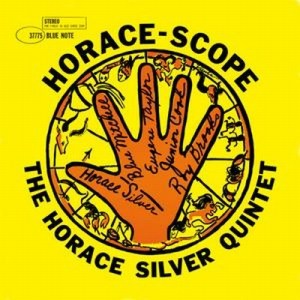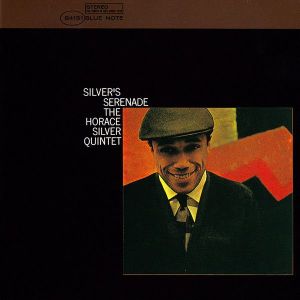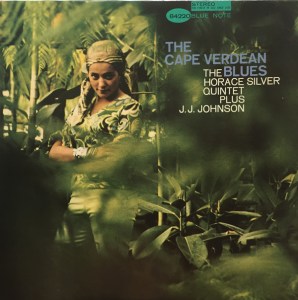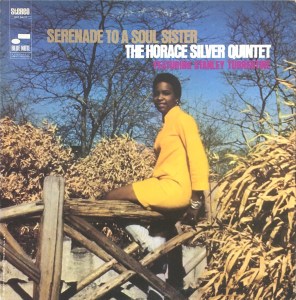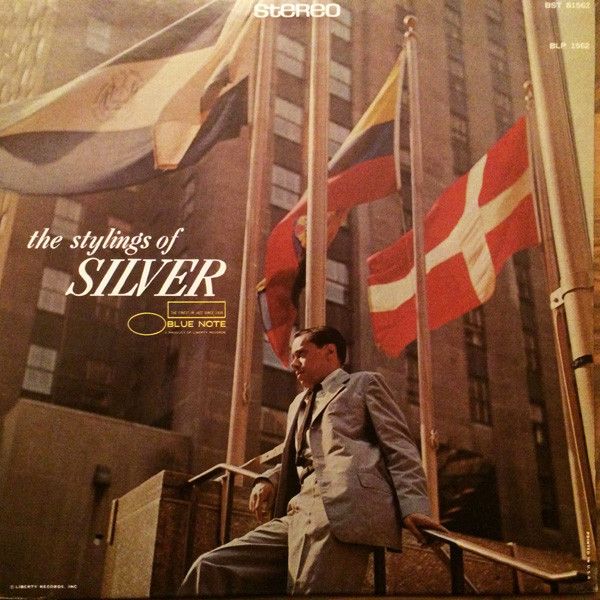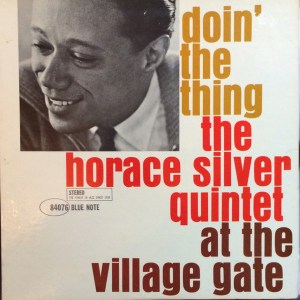More Horace Silver
More Blue Note Albums

- This Van Gelder-mastered Blue Note reissue pressing (one of only a handful of copies to hit the site in years) boasts solid Double Plus (A++) grades from start to finish
- Tubey Magic is the key to the sound of the better pressings, and we guarantee this one has the kind of Tubey Magic that no modern pressing of the last 40 years can offer the audiophile community
- Energetic, clear and spacious, as well as relaxed and full-bodied (thanks, RVG!) – this pressing was a step up over most other copies we played
- An incredibly tough album to find with the right sound and decent surfaces, but the music makes it worth all the time and trouble we spent finding this outstanding copy
- 5 stars: “Horace Silver’s signature LP and the peak of a discography already studded with classics. Silver was always a master at balancing jumping rhythms with complex harmonies for a unique blend of earthiness and sophistication, and Song for My Father has perhaps the most sophisticated air of all his albums…”
The leading edge transients on the horns here are excellent, with the pinched quality you hear on some tracks kept to a minimum. The whole of the ensemble is transparently clear. (more…)
